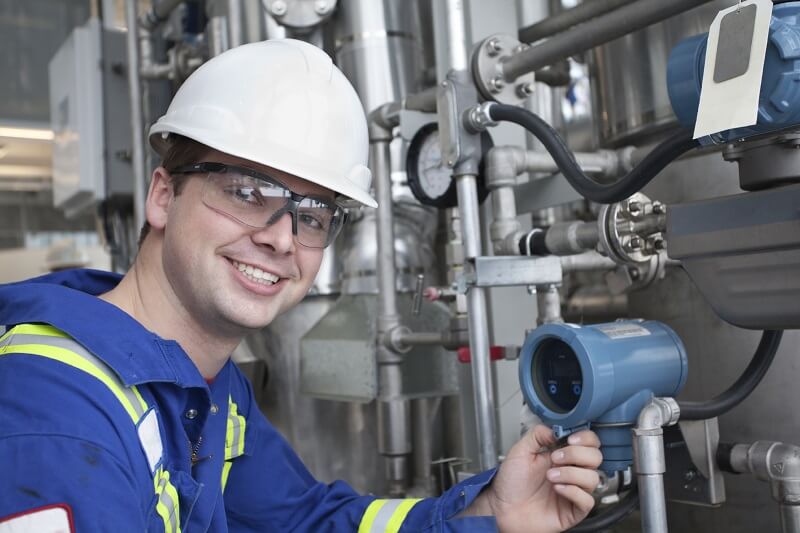Project Description
Engineering Industry R&D Tax Credits
Business Scenario
Hunter Engineering is a family run business that is dedicated to producing custom, environmentally friendly hunting products with the use of professional machinery.
With lead fishing sinkers banned in the United Kingdom, Canada and various U.S. states due to the environmental concerns surrounding them, Hunter Engineering instigated a project with the main business objective being to design and develop an alternate and improved copper fishing sinker.
The key areas of investigation and experimentation due to specific technical objectives for Hunter Engineering were the following:
- Because copper is a much lighter metal than lead, a copper sinker must be shaped differently to enable it to sink properly and be cast over a distance.
- Because copper erodes much easier than lead, the development of a coating was required.
After experimentation, Hunter Engineering had to determine which of its project activities qualified for the R&D Tax Relief Schemes. It had to be certain that its qualified research met key legislative requirements within the tax definition to demonstrate the project is R&D. These requirements include defining for tax purposes:
- Project
- Advance in science or technology
- science
- technology
- directly contribute
- scientific or technological uncertainty
Hunter Engineering’s Eligible R&D Activities:
Design and development of a series of prototypes to achieve the technical objectives (design of the copper sinker).
The hypothesis for this activity questioned whether a lead-free, copper fishing sinker could be designed and developed to outperform existing lead fishing weights.
Hunter Engineering created a 3D model of the copper sinker in order to accurately predict the weight and then sent it to an industry professional for recalculation. Based on the recalculations, the experts at Hunter Engineering developed the design for the sinker.
Hunter Engineering concluded that a small increase in the diameter of the fishing weight produced a significant improvement in the sinking and flying characteristics.
Trials and Analysis of data to achieve results that can be reproduced to a satisfactory standard, and to test the hypothesis (testing of various coatings and methods to apply the lubricant onto the sinker).
The hypothesis for this activity was to investigate an optimum coating (or lubricant) that could be applied to the copper sinker to prevent it from eroding in water.
Each type of lubricant was tested on a round of fifteen sinkers over a year. Hunter Engineering tried numerous off-the-shelf products by mixing them with other types of lubricants. However, they ended up developing a binder to help the lubricant stay on the copper sinker.
Hunter Engineering did find a successful coating that had to be mixed with the binder and then sprayed on the sinker before use.
Background research to evaluate current knowledge gaps and determine feasibility (background research for the design of the copper sinker).
Hunter Engineering conducted the following background research:
- Review of final computer-generated calculations for potential specifications for the design of the copper sinker
- Analysis of available competitors’ products and components
- Preliminary equipment and resources review with respect to capacity, performance and suitability for the project
- Consultation with key component/part/assembly suppliers to determine the factors they considered important in the design and to gain an understanding of how the design needed to be structured accordingly
These specific background research activities assisted in identifying the key elements of the research project.
Ongoing analysis of customer or user feedback to improve the prototype design (feedback R&D of the copper sinkers).
Hunter Engineering’s eligible R&D activities during this phase of experimentation included:
- Ongoing analysis and testing to improve the efficiency and environmental safety of the project.
- Ongoing development and modification to interpret the experimental results and draw conclusions that served as starting points for the development of new hypotheses.
- Commercial analysis and functionality review.
This feedback was necessary to evaluate the performance capabilities of the new design in the field and to improve any flaws in the design.
Commentary
QUALIFIED RESEARCH DEFINED
Qualified R&D projects consists of research for the intent of achieving an advance in overall knowledge. Advances in capabilities in the field of science or technology through the resolution of scientific process or technological uncertainty general qualify as R&D project. The advancement but not simply be in its own state of knowledge or capability. A companies R&D project must relate to the trade of the business whether it be an existing product or process or one intend to start based on R&D outcomes.
QUALIFYING PROJECT WITHIN THE TAX DEFITION
Activities that are eligible for R&D Relief are defined in the Guidelines by the HMRC, which must be met for the project to qualify as R&D.
- Project
- Advance in science or technology
- Science
- Technology
- Directly contribute
- Scientific or technological uncertainty
What records and specific documentation did Hunter Engineering keep?
Similar to all tax credits and deductions, Hunter Engineering had to save business records that outlined what it did in its R&D activities, including experimental activities and documents to prove that the work took place in a systematic manner.
Unfortunately, the only documentation that Hunter Engineering saved were design documents in the form of drawings, leaving vast room for improvement in the area of substantiation.
As a company claiming R&D, you always want to be “compliance ready” — meaning if you were audited by the HMRC, you could present documentation to show the progression of your R&D work. Here are some types of documentation that would be beneficial to save:
- Project records/ lab notes
- Photographs/ videos of various stages of build/ assembly/ testing
- Prototypes
- Testing protocols
- Results or records of analysis from testing/ trial runs
- Tax invoices
- Patent application number
- Literature reviews






